Creeptober Night 6: Maniac (1980)
“I warned you not to go out tonight.”
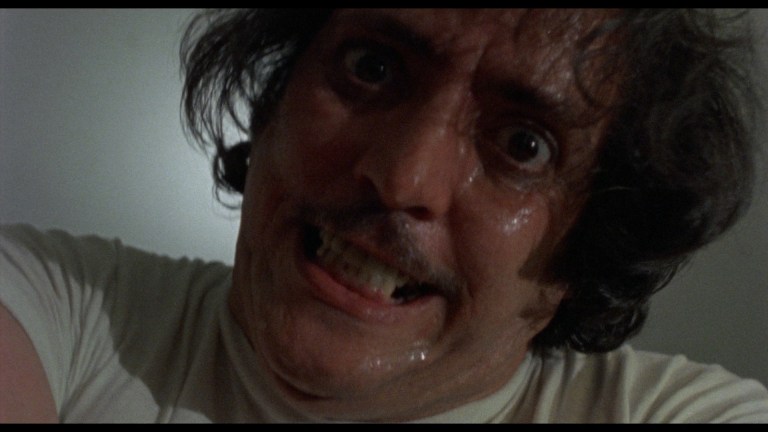
Table of Contents
Now for something different. Creeptober Night 6 brings with it Maniac, a movie that is as sleazy as it is fascinating. I know not everyone is going to be on board with this pick, but it’s one of my (many) favorite slashers of all time.
Reacting to Maniac
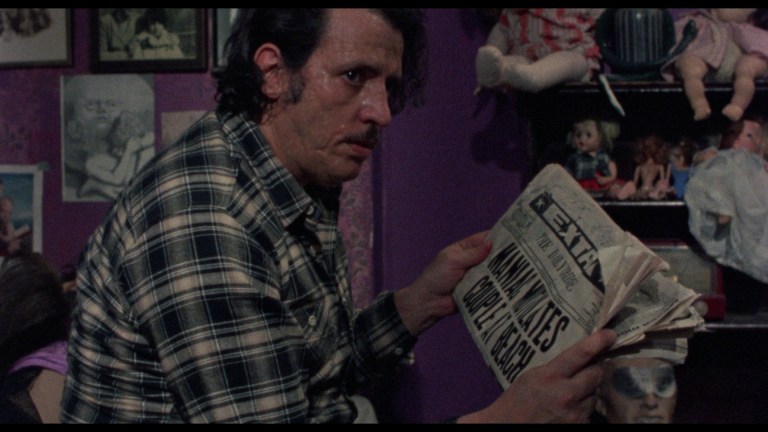
The first thing I’m sure most people notice about Maniac is how gruesome it is. Tom Savini did the special effects for the film, and he went all out with a few of the kill scenes here. If I’m being totally honest with myself, it’s the gore that really drew me to the movie when I first saw it many years ago. To this day I still love a gory slasher movie, and if the practical effects are good enough, I don’t need much else. But there’s a lot more to Maniac than just the blood, and that’s what I’ve grown to appreciate more and more over the years.
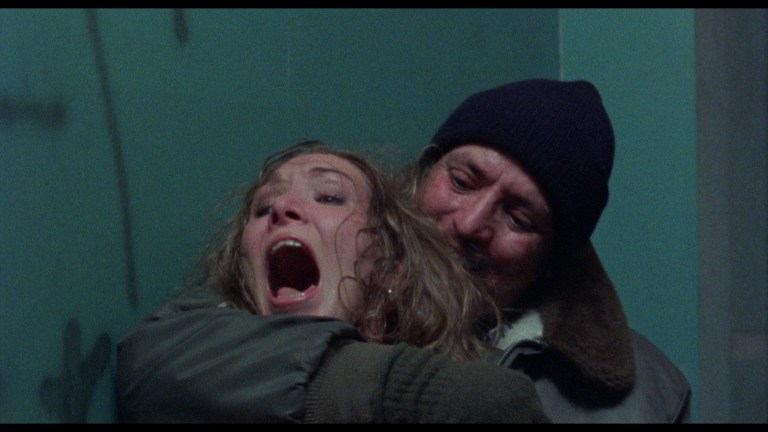
Maniac was directed by William Lustig of Maniac Cop (1988) and Uncle Sam (1996) fame, but the driving force of the story was Joe Spinell. Spinell stars as Frank Zito, and he came up with the story and co-wrote the screenplay. Listening to Lustig talk about the movie in interviews and on the film’s commentary track, he’ll say that the character of Frank Zito was pretty much all from Joe Spinell’s head. Spinell was passionate about this film, and he knew that it would be something special.
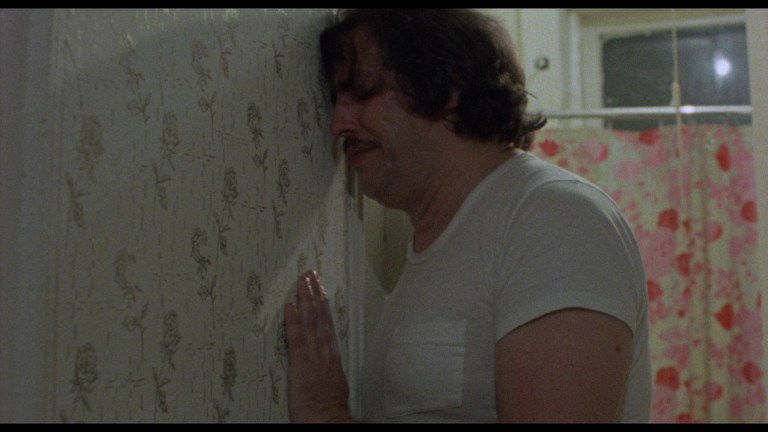
Maniac absolutely is something special. While more popular slasher movies of the era tended to focus on the potential victims of killers, Maniac takes a deeply psychological approach to its murderous protagonist. We hear the voices in Frank’s head as he struggles with his own impulses. We sit with him as he rocks back and forth in his room, trying to convince himself not to go back out. But he goes out anyway, and other people suffer for it. We’re forced to go along with him, stuck in his head just like he is stuck in his own cycle of violence.
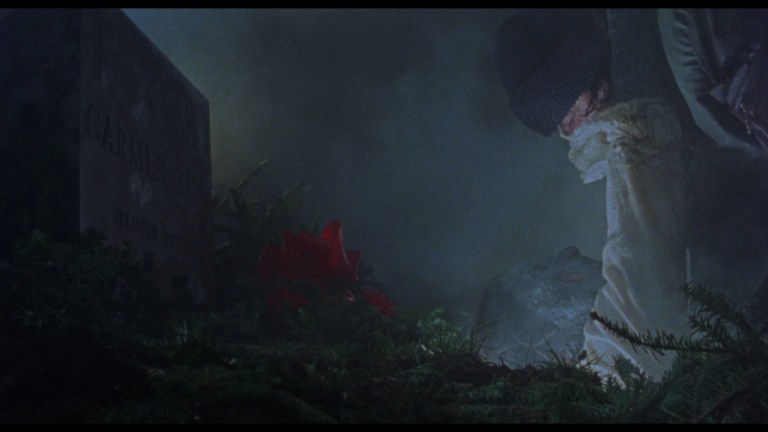
Frank’s thoughts invariably wander back to the history of abuse inflicted upon him by his mother. Early in the film we see the scars on his chest which are presumably the marks left by that abuse. Maniac is a movie about abuse, and that’s what Joe Spinell wanted to convey.
In one of the commentary tracks on the Blu-ray, William Lustig says that he just wanted to make a scary and disturbing movie. Spinell, however, had a point to make. He wanted to violently illustrate the effects of abuse, both the psychological side and the physical side which can result from it. I can’t comment on how accurately Spinell portrays someone suffering from the mental effects of abuse, but I can say that his attempt makes Maniac a deeper movie than any of its detractors give it credit for.
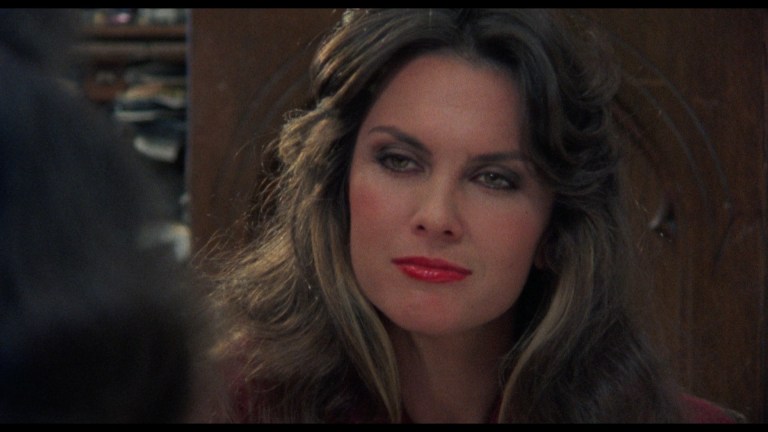
I’m not going to say Maniac is perfect. A few of the later scenes kind of confuse the idea of Frank being someone driven solely by impulses. Also, the movie does relish in the practice of pushing boundaries when it comes to on-screen violence. But that’s why I enjoy Maniac so much. Pushing boundaries actually strengthens the points the story makes.
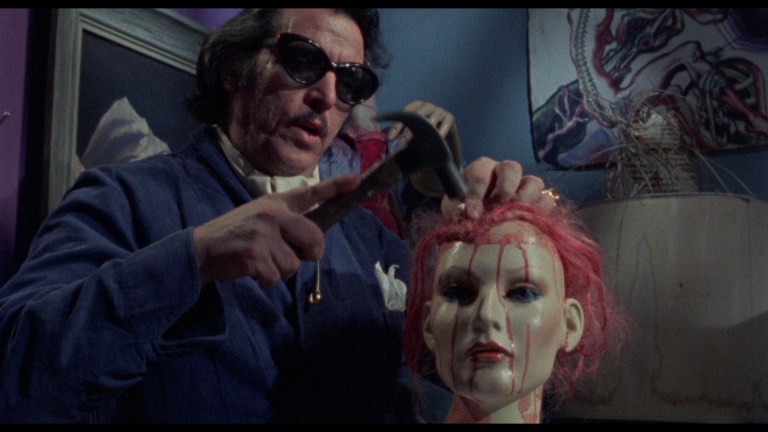
It is possible to be excessively violent while still making an effective point. Many exploitation movies tread a similar line of statement versus content. Movies like Cannibal Holocaust (1980) and I Spit on Your Grave (1978) are other notable examples. Maniac might be uncomfortable to watch for some (probably more so at the time of its release rather than now), but that’s the point. It’s supposed to be uncomfortable. Maniac is meant to be experienced on different levels, and that’s why I consider it one of the best slashers ever made.
Maniac Trivia
On this latest re-watch of Maniac, I listened to the commentary featuring director William Lustig, special effects artist Tom Savini, editor Lorenzo Marinelli, and Joe Spinell’s assistant at the time the movie was made, Luke Walter. All of the following trivia comes from that commentary track.
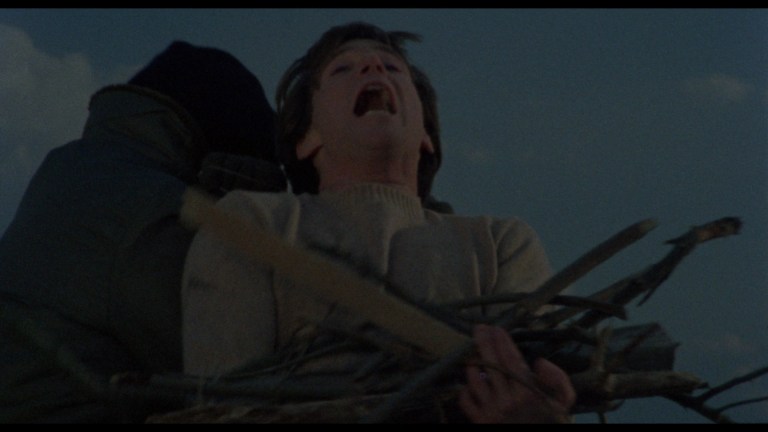
One of the funniest bits of trivia about Maniac concerns the opening of the movie. The scene shows Frank Zito killing a couple on a beach. The location of a beach wasn’t a random choice. Rather, it was inspired by a friend of William Lustig’s suggesting that he make a movie that is about “Jaws on land.” Lustig decided to put the monster in the form of a man, and the idea for Maniac was brought to life. Opening the movie with murders on a beach is a nod to the original suggestion about Jaws.
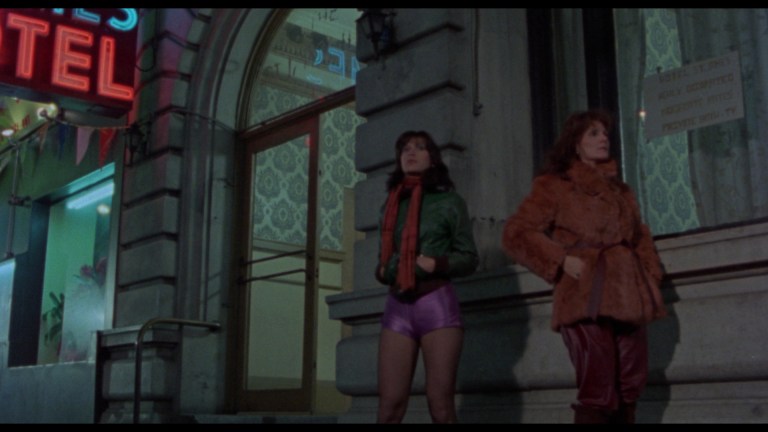
The scene where Frank picks up a prostitute in front of a hotel was filmed at the St. James Hotel in Manhattan. Lustig says that the night after they were at the hotel, they saw in the news that there had been a decapitation there. I couldn’t find a news story to back up that specific claim, but I did find a news story from December 10th, 1979 about the hunt for a killer in the area who had beheaded two prostitutes at a different nearby hotel. Lustig mentions that police who were searching for a killer approached the crew as they were filming the scene in front of the St. James. The date of the news article matches the time when Maniac was in production.
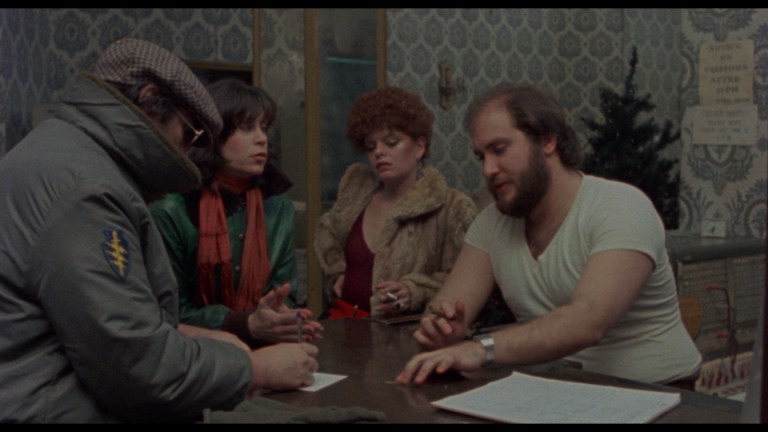
William Lustig makes a cameo as the clerk in the hotel. He said that Joe Spinell kept writing jokes on the check-in pad to try to crack him up on camera.
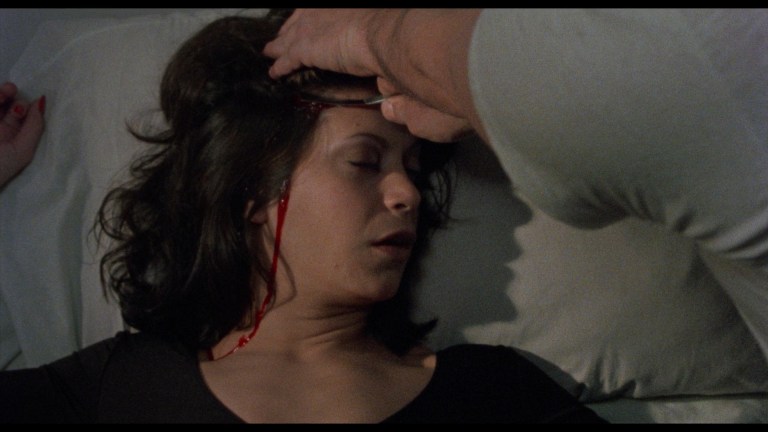
The scalping of Frank’s victims was not in the original script. The idea came from Tom Savini because he wanted to do the effect. The sound of ripping flesh that accompanies the scalping was created by twisting a leather wallet near a microphone.
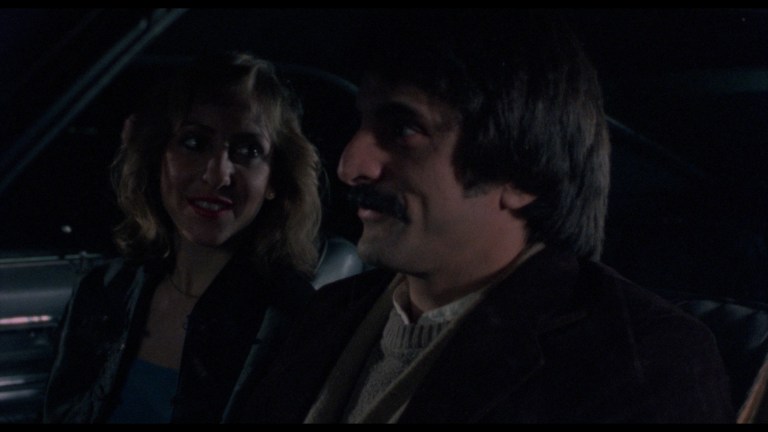
Speaking of Tom Savini, if you look close enough you can see that he is the person who fires the shotgun which kills his character. Spinell hops onto the hood of the car, but he switches with Savini for the firing of the gun. The blast was strong enough, and the hood was slick enough, that Savini fell backwards and had to be caught.
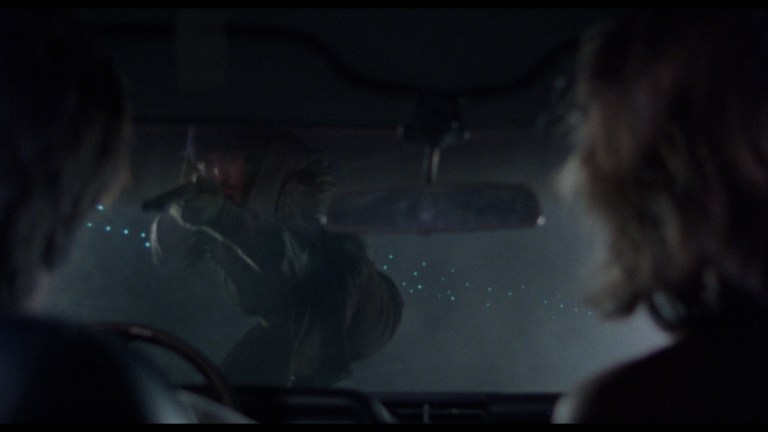
The shotgun contains live rounds, and firing the gun in the city was illegal. For that reason, when the shotgun scene was filmed the entire crew had to vacate the area before police arrived. Lustig says they were all gone within three minutes of the gun being shot.
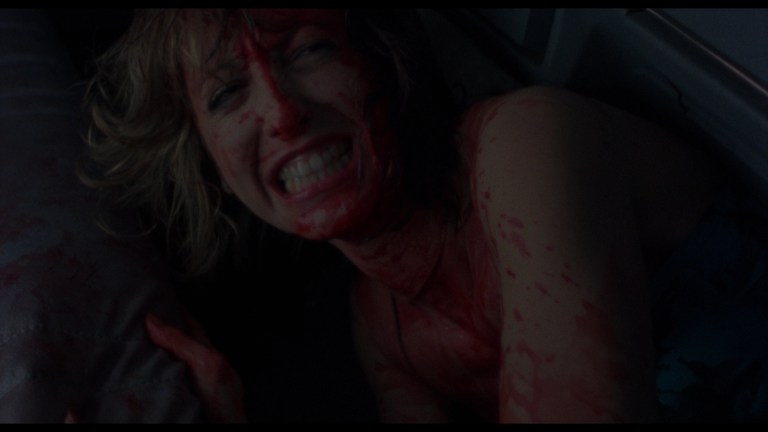
Inside the fake head were pig intestines and a bunch of food brought for the crew. The scene with the woman in the backseat was filmed inside the same car, but at a different location and at a later date. The car wasn’t cleaned, and, as you might expect, the pig intestines made the car smell awful.
The helicopter footage looking down at New York City was unused footage filmed for Dario Argento’s Inferno (1980). William Lustig worked on that film, and he was able to use the footage because it was too shaky to be used in Argento’s movie.
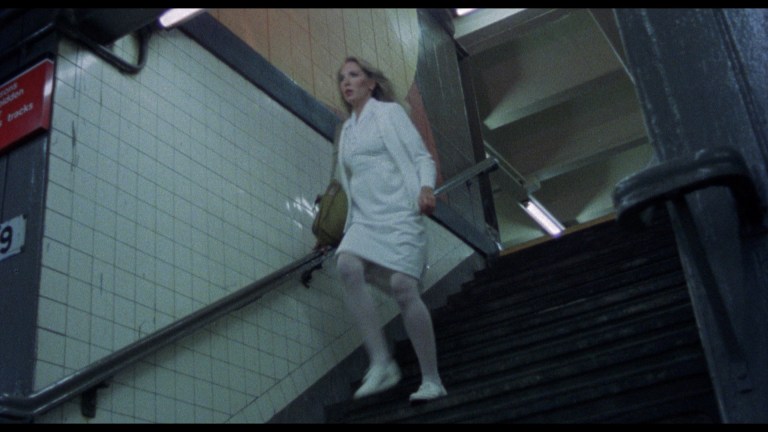
Maniac was made with very little money, and they couldn’t afford permits and insurance for filming in the subway. So, most of the subway sequences were filmed guerilla style, shooting quickly and then moving to a different location before they were told to stop.
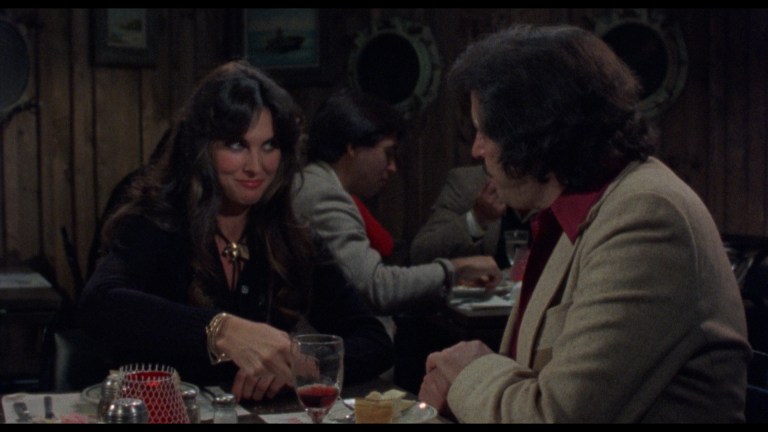
Another piece of trivia concerning the budget involves Caroline Munro. Caroline’s husband at the time provided the money to finish the film, but in exchange her screen time had to be increased. This is what led to some of the extended sequences involving Frank and Anna getting to know each other and going on dates. William Lustig states in the commentary that he didn’t really like those scenes much.
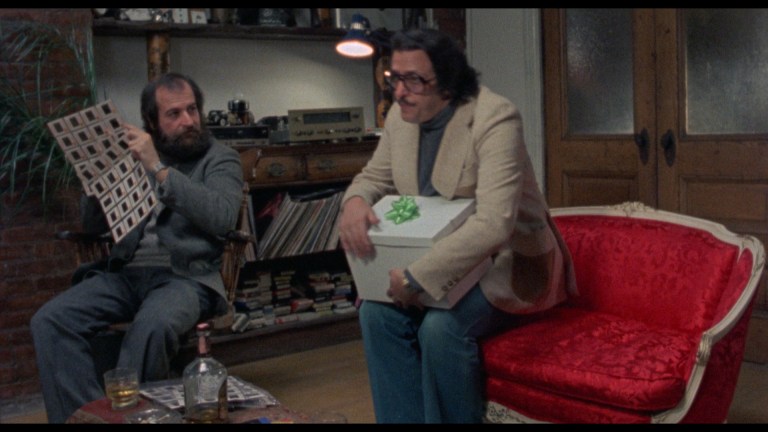
Also, the studio where Anna shoots photos of three models was owned by a photographer. He allowed the use of his studio in exchange for an on-screen role. He’s the guy who sits next to Frank while Anna and the models work.
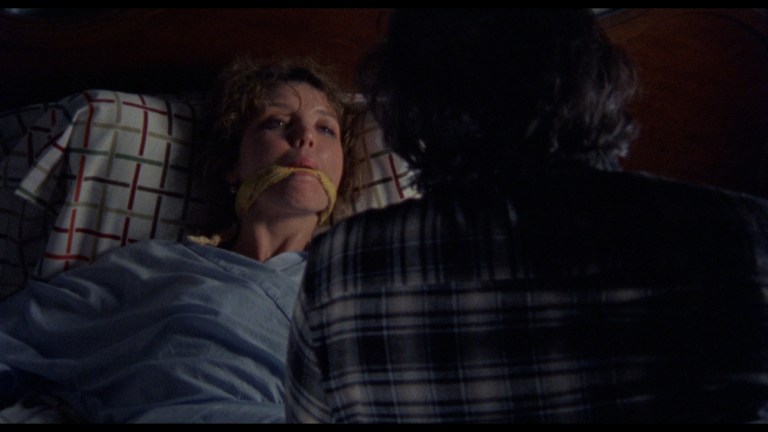
Maniac did not have the budget to get an agreement with the Screen Actors Guild (SAG), therefore they couldn’t hire SAG actors without the actors being penalized. However, there was a loophole that William Lustig used to bypass the rules. He says that there was a clause in the SAG contract that excluded X-rated movies from their oversight.
So, Lustig sent a Maniac script to SAG with all of the gore effects written in explicit detail. His reasoning was that if Dawn of the Dead earned an X rating (which it initially did before being released unrated), then Maniac surely would too. The first script didn’t work, so he sent what he referred to as the actual shooting script which added as many vile and disgusting scenes of gore that he could think of. SAG rejected the script based on the assumption that it would get an X-rating. Since the film was reviewed and rejected, Lustig was able to hire SAG actors, like Joe Spinell, without penalty. After the movie was finished, Maniac was never sent to the MPAA and it was released unrated. An edited R-rated version was later released.
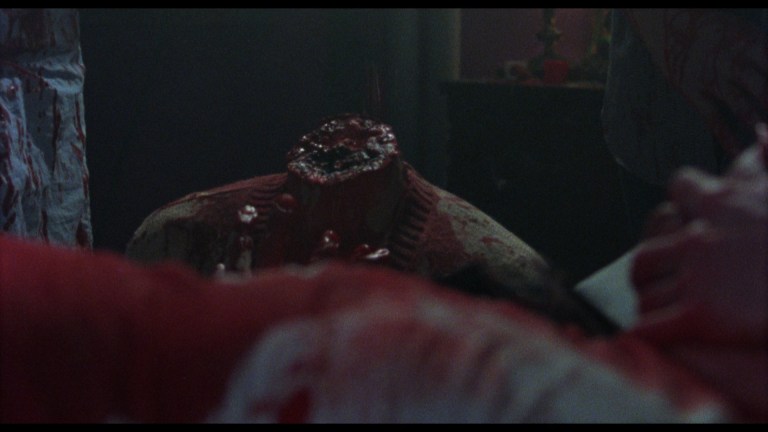
In the dream sequence/hallucination scene where Frank’s head is ripped off by his victims/ mannequins who have come to life, you might notice a torso without a head rise up beside the bed. That torso is the same one used in Friday the 13th when Mrs. Voorhees is decapitated. The production times for Maniac and Friday the 13th overlapped, and Tom Savini worked on both films. He has the headless torso already made for F13, so he decided to use it again.
